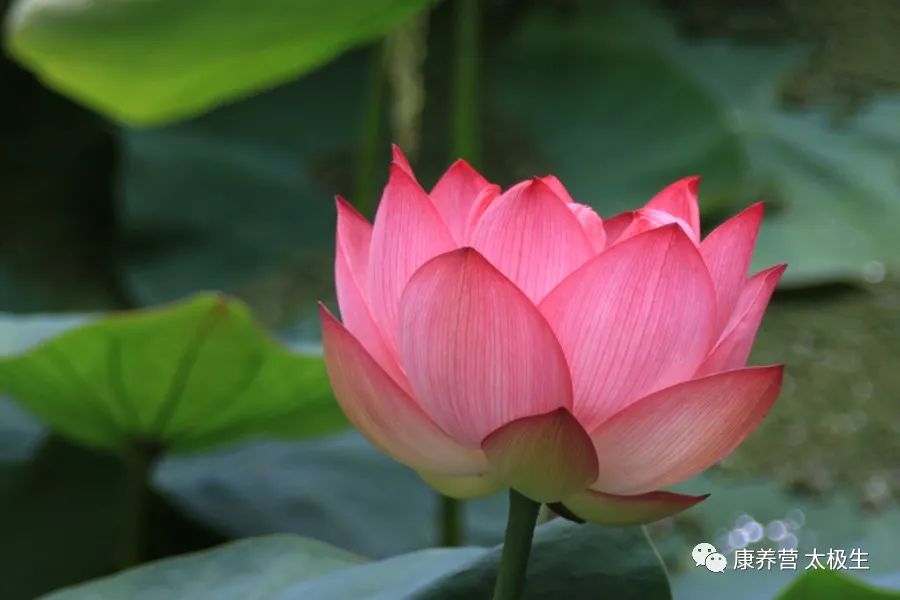
The version of the Huangdi Neijing we see today is primarily the one compiled by Li Bing during the Tang Dynasty. Prior to this, the historical transmission of the Huangdi Neijing underwent many changes.
According to existing historical records, the Huangdi Neijing first appeared in the Book of Han (Eastern Han, Ban Gu, 32-92 AD). In the Book of Han: Arts and Literature, Section on Medical Techniques, it is recorded that the Huangdi Neijing consists of eighteen volumes.
In the preface of Zhang Zhongjing’s Shanghan Zabing Lun and the preface of Huangfu Mi’s Jia Yi Jing, it is stated that the eighteen volumes of the Huangdi Neijing are composed of nine volumes of Su Wen and nine volumes of Zhen Jing, which can mutually verify each other.
The Huangdi Neijing was completed during the Western Han Dynasty and has been transmitted to this day. Many enlightened scholars throughout history have made significant contributions to its transmission, compilation, and annotation, especially Huangfu Mi’s compilation of the Jia Yi Jing, Quanyuan Qi’s compilation of Su Wen Xun Jie, Yang Shangshan’s annotation of Huangdi Neijing Taisu, Wang Bing’s compilation and annotation of Huangdi Neijing: Su Wen, and Shi Song’s presentation of the Ling Shu, as well as the contributions of Ma Shi, Wu Kun, Zhang Jieben, Zhang Zhizong, and Gao Shiran during the Ming and Qing Dynasties, which are worth remembering.
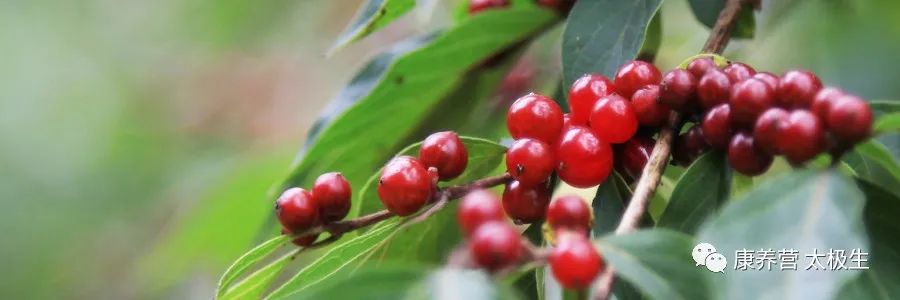
Huangfu Mi’s Compilation of the Jia Yi Jing
Huangfu Mi (215-282 AD), courtesy name Shian, was from Chao Na in Anding County (present-day Pingliang, Gansu). He was an outstanding physician and scholar during the late Wei and early Jin Dynasties, holding a significant place in the history of Chinese medicine and scholarship.
Huangfu Mi was deeply influenced by Daoist philosophy, living a life of simplicity and detachment from fame and wealth. He repeatedly declined high official positions offered by the government.
Throughout his life, Huangfu Mi authored many works, among which the most influential and enduring is the Jia Yi Jing. In the preface of the Jia Yi Jing, Huangfu Mi states: “According to the Seven Summaries and Arts and Literature: the Huangdi Neijing consists of eighteen volumes. Now there are nine volumes of Zhen Jing and nine volumes of Su Wen, totaling ninety-eight volumes, which is the Neijing. Some have been lost.”
This preface indicates that the Jia Yi Jing was compiled by Huangfu Mi based on the main contents of the Su Wen, Jiu Juan (now known as Ling Shu), and Mingtang Kongxue Zhenjiu Zhiyao, using an inductive method of “making things correspond to each other.” When Huangfu Mi compiled the Jia Yi Jing, some sections of the Neijing had already been lost, and the publication of the Jia Yi Jing contributed to the preservation of the Huangdi Neijing. Additionally, the Mingtang Kongxue Zhenjiu Zhiyao was lost after the Tang Dynasty. The Jia Yi Jing established 348 acupoints and used a method of dividing lines to delineate 35 pathways including the head, face, neck, chest, waist, and limbs, detailing the specific locations and indications of each acupoint. This information likely originated from the Mingtang Kongxue Zhenjiu Zhiyao. Since most of the Mingtang and other texts have been lost, the preserved information in the Jia Yi Jing is extremely valuable.
Huangfu Mi spent over twenty years compiling the Jia Yi Jing, dedicating a significant portion of his later life to it. After its completion, it was widely copied and circulated, reaching Japan and Korea during the Tang Dynasty. This book has had a profound impact on the development of acupuncture in China, and even today, the clinical location of acupoints and acupuncture indications are primarily based on this book.
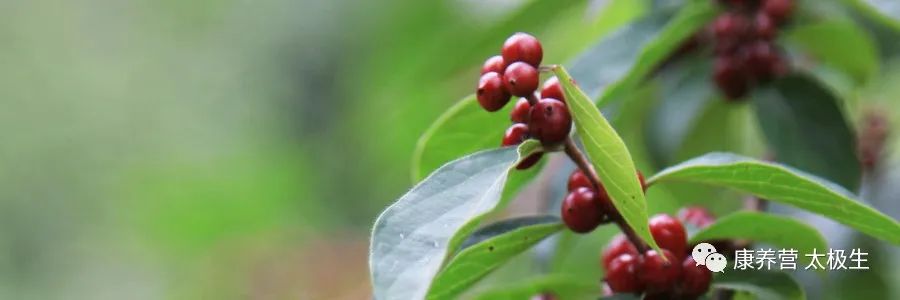
Quanyuan Qi and the Su Wen Xun Jie
Quanyuan Qi’s birth and death dates are unclear, and historical records are scarce. He is generally believed to be from the Southern Dynasties Qi and Liang periods (479-557 AD). According to the History of the Southern Dynasties: Biography of Wang Sengru, Quanyuan Qi annotated the Su Wen. Later generations referred to his annotations as Su Wen Xun Jie.
The Su Wen Xun Jie existed during the Northern Song Dynasty, but by the Southern Song Dynasty, it was rarely cited and was likely lost during the turmoil of the Southern Song. Quanyuan Qi’s Su Wen Xun Jie holds significant academic value: firstly, it opened the precedent for annotating the Neijing; secondly, it preserved the original form of the Su Wen since the Wei and Jin Dynasties; and thirdly, it provided an excellent model for Wang Bing’s compilation and annotation of the Su Wen during the Tang Dynasty.
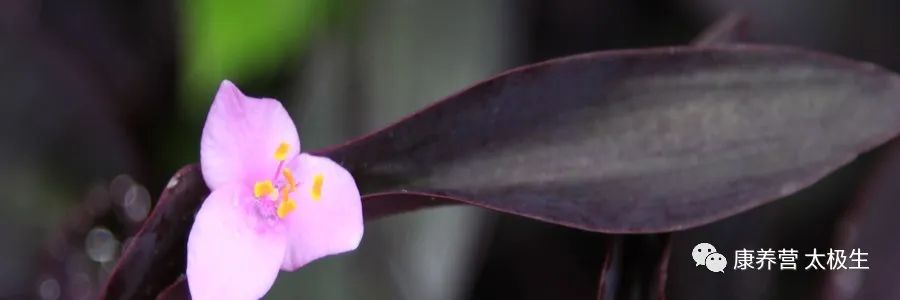
Yang Shangshan’s Annotation of the Huangdi Neijing Taisu
The birth and death dates of Yang Shangshan are unknown.
According to the Old Book of Tang: Bibliography and the New Book of Tang: Arts and Literature, Yang Shangshan authored about nine works totaling over seventy volumes, including thirty volumes of Huangdi Neijing Taisu and thirteen volumes of Huangdi Neijing Mingtang Leicheng.
The Huangdi Neijing Taisu and Huangdi Neijing Mingtang Leicheng are significant medical classics in the history of Chinese medicine, which were transmitted to Japan shortly after their completion. In China, they were lost after the Southern Song Dynasty. After being lost for five centuries in Japan, they were rediscovered in the 1920s, but were incomplete and later returned to China.
The main academic values of the Huangdi Neijing Taisu are as follows:
Firstly, the Taisu divides the Neijing into nineteen major categories: health preservation, yin and yang, human harmony, organs and viscera, acupoints, qi of nourishment and defense, body measurements, diagnosis, syndromes, prescriptions, nine needles, tonification and purgation, cold and heat, evil theories, wind theories, qi theories, and miscellaneous theories, with each category further divided into several sections, thus pioneering the classification of annotations for the Neijing.
Secondly, Yang Shangshan was primarily an accomplished philosopher and secondarily an outstanding physician. His worldview is centered on Daoist thought, while also incorporating distinct Confucian ideas, which are profoundly elaborated in the Huangdi Neijing Taisu, providing a model for future generations to understand the medical thoughts of the Huangdi Neijing through philosophical speculation.
Thirdly, the Huangdi Neijing Taisu preserved the original form of the Su Wen before Wang Bing’s alterations, holding high literary value.
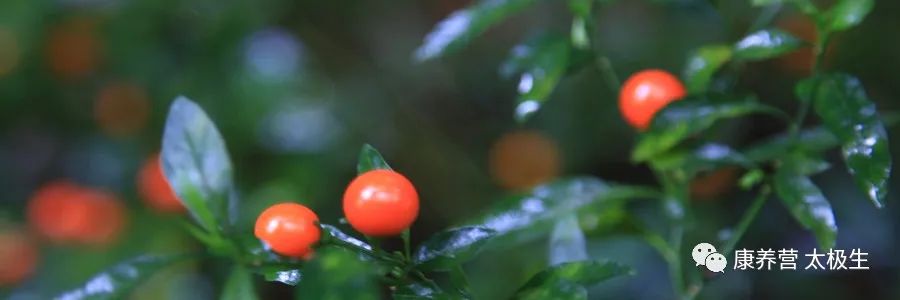
Wang Bing’s Compilation and Annotation of Huangdi Neijing: Su Wen
Wang Bing’s birth and death dates are unknown, but he lived to be over eighty years old. He spent twelve years compiling annotations for the Su Wen, completing it in the first year of the Baoying era (762 AD) during the reign of Emperor Zong of the Tang Dynasty (Li Yu). He began annotating the Su Wen around 751 AD, coinciding with the “An Lushan Rebellion” (755-763 AD), a period of decline for the Tang Dynasty.
Wang Bing was deeply influenced by Daoist thought. Despite living through a time of turmoil, he diligently worked for over a decade and enjoyed a long life, which is quite remarkable. He was truly a wise and enlightened scholar.
The main academic values of Wang Bing’s Huangdi Neijing Su Wen Zhu are as follows:
Firstly, he diligently researched and recompiled the Su Wen into twenty-four volumes and eighty-one sections, becoming the most widely circulated and influential version of the Su Wen in history. Subsequent scholars’ compilations of the Su Wen were based on Wang Bing’s annotated version, and the complete Su Wen we see today is the Wang Bing version.
Secondly, he collected and incorporated the “Seven Major Treatises” to construct the theoretical system of “Five Movements and Six Qi.”
Thirdly, he “migrated and supplemented” and “elaborated on profound meanings,” providing extensive interpretations of the text’s principles. In particular, he inherited the philosophical perspectives of Quanyuan Qi and Yang Shangshan, using Daoist thinking to interpret the text’s meanings.
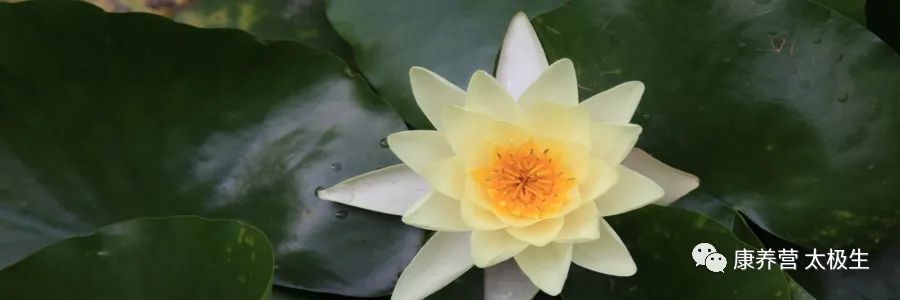
Shi Song’s Presentation of the Ling Shu
Shi Song’s birth and death dates are unknown; he was from Chengdu and came from a family of physicians, being well-versed in medical studies.
The transmission of the Huangdi Neijing: Ling Shu has been quite tumultuous. When Wang Bing annotated the Neijing, he renamed the Zhen Jing to Ling Shu. However, Wang Bing only annotated the Su Wen and did not annotate the Ling Shu, which left a significant regret for future generations and made the fate of the Ling Shu quite precarious. By the Song Dynasty, the Ling Shu was no longer complete. During the Northern Song, when the medical official Lin Yi was commissioned to correct medical texts, he could only find incomplete versions of the Ling Shu. The complete Ling Shu was presented by the Goryeo Kingdom (Korea).
According to the History of Song, in the seventh year of the Yuan You era (1092 AD), Emperor Zhezong of Song (Zhao Xu) learned that the Goryeo Kingdom had discovered that China did not possess a complete version of the Ling Shu, and they proposed to present this book in exchange for historical records and the Ce Fu Yuan Gui and other texts. The Minister of Rites, Su Shi, raised objections, arguing that historical records and other texts were state secrets and should not be casually given away. However, Emperor Zhezong rejected Su Shi’s petition, agreeing to the Goryeo Kingdom’s conditions, and ordered the Ministry of Secretaries to select two or three knowledgeable individuals to proofread the text. The following year (1093 AD), the Goryeo Kingdom presented the Ling Shu, which was proofread and then printed for distribution.
Subsequently, China entered a period of great social upheaval, with wars and suffering widespread among the populace. The Southern Song court was based in Hangzhou. This turmoil nearly led to the loss of the nation’s collection of books, putting the transmission of the Ling Shu in jeopardy. It was not until the twenty-fifth year of the Shaoxing era (1155 AD) that Shi Song presented his family’s old version of the Ling Shu to the court. Shi Song’s presentation should be considered a continuation of the Ling Shu presented by the Goryeo Kingdom, and it is also the complete version we see today.
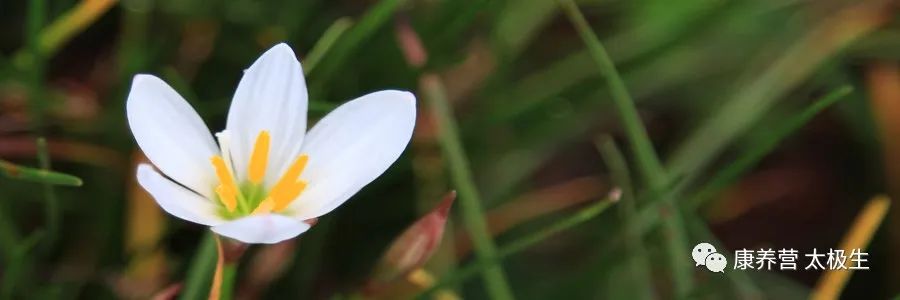
The Annotations of the Huangdi Neijing during the Ming and Qing Dynasties
Ma Shi (birth and death dates unknown), courtesy name Zhonghua, self-styled Xuantai Zi, was from Kuaiji (present-day Shaoxing, Zhejiang) during the Ming Dynasty, later known as Ma Yuantai. He authored Huangdi Neijing Su Wen Zhu Zheng Fa Wei and Huangdi Neijing Ling Shu Zhu Zheng Fa Wei. He was a renowned annotator of the Neijing following Quanyuan Qi and Wang Bing, and due to his proficiency in acupuncture and meridians, his annotations on the Ling Shu are particularly numerous.
Wu Kun (Ming Dynasty, 1552-1620 AD), courtesy name Shanfu, also known as He Gao and Shen Huangzi, was a famous physician from She County, Anhui, during the late Ming Dynasty. He authored Wu’s Annotations on the Su Wen, which are concise and clear, providing unique insights into physiology, pathology, prescriptions, and acupuncture, significantly influencing later generations of physicians.
Zhang Jieben (Ming Dynasty, approximately 1563-1640 AD), courtesy name Huiqing, also known as Jingyue and Tong Yi Zi, was from Kuaiji (present-day Shaoxing, Zhejiang). He authored Leijing, Leijing Tuyu, and Leijing Fuyi. He spent thirty years revising his drafts, resulting in the completion of thirty-two volumes of Leijing, eleven volumes of Tuyu, and four volumes of Fuyi. The Leijing categorizes the content of the Neijing into twelve major categories: health preservation, yin and yang, organ manifestations, pulse and color, meridians, symptoms and treatments, acupuncture, qi dynamics, and connections, making it the most complete existing classification of the Su Wen and Ling Shu, especially providing unique insights into the theories of yin and yang, life gate, and pathogenesis in the Neijing, greatly influencing later generations.
Zhang Zhizong (Qing Dynasty, 1616-1674 AD), courtesy name Yinan, was a famous physician from Qiantang (present-day Hangzhou, Zhejiang). Zhang Zhizong led his disciples in collectively annotating Huangdi Neijing Su Wen Jizhu and Huangdi Neijing Ling Shu Jizhu. He spent five years compiling annotations for the Huangdi Neijing, pioneering the collective annotation of the Huangdi Neijing. This book emphasizes elucidating medical principles from clinical applications, not being confined to the annotations of past physicians, and provides extensive interpretations of the profound meanings of the text.
Gao Shiran (Qing Dynasty, 1637-?) courtesy name Shizong, was from Qiantang, Zhejiang. He authored Huangdi Su Wen Zhi Jie. He studied under Zhang Zhizong and participated in the collective annotation of the Neijing, dedicating ten years to studying medical principles, gradually gaining a reputation comparable to Zhang Zhizong. Feeling that the Jizhu was difficult to understand and used obscure language, making it hard to popularize, he annotated the Neijing himself, naming it Su Wen Zhi Jie. This book contains many corrections and provides clear and simple annotations, making significant contributions to the theories of organs and qi dynamics, receiving high praise in later evaluations.

This article is the eleventh in the series interpreting the Huangdi Neijing.
(To be continued)

